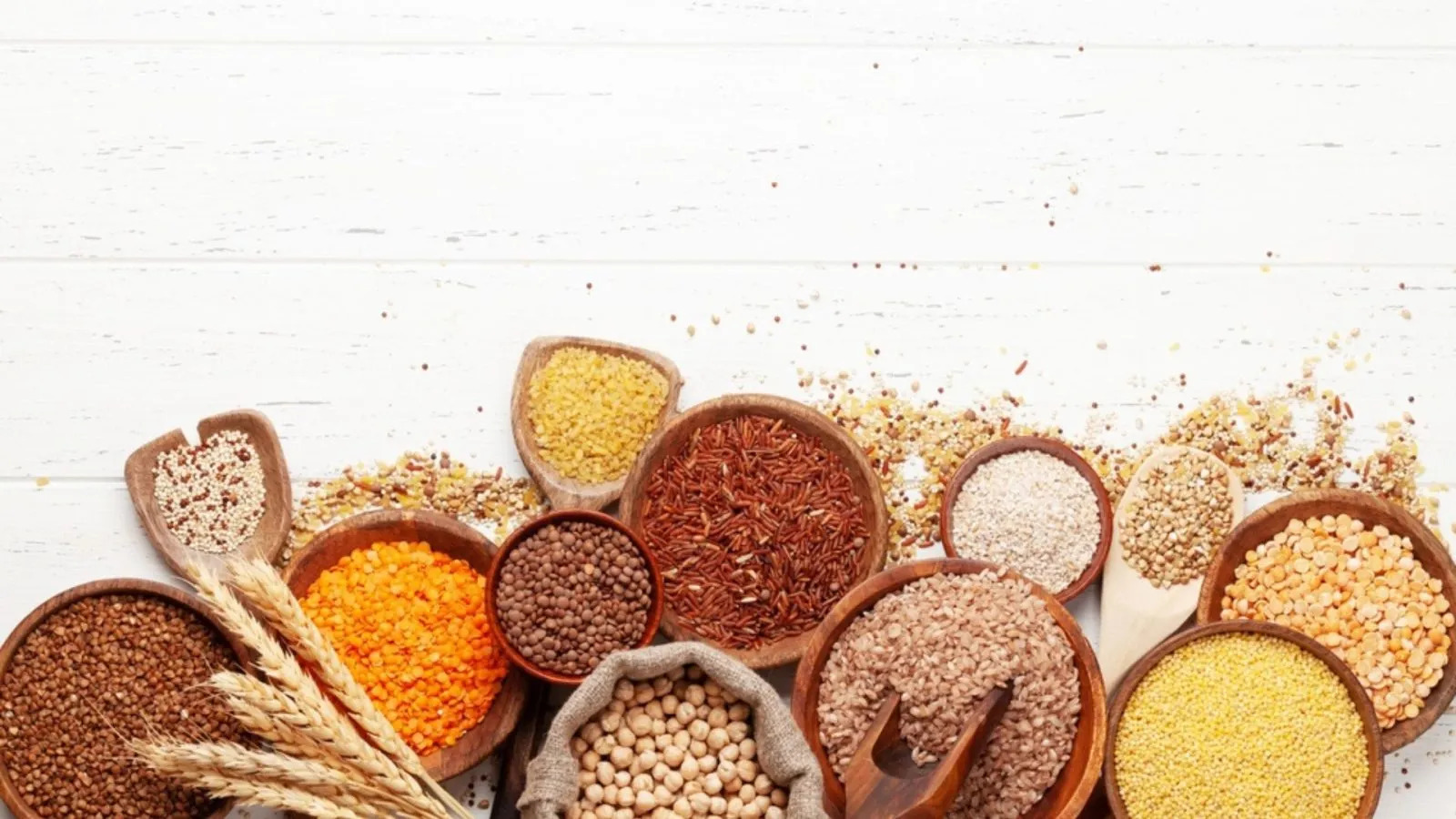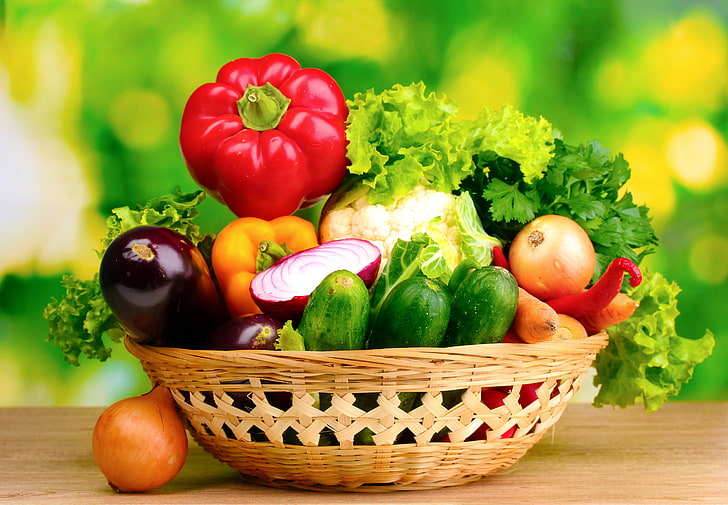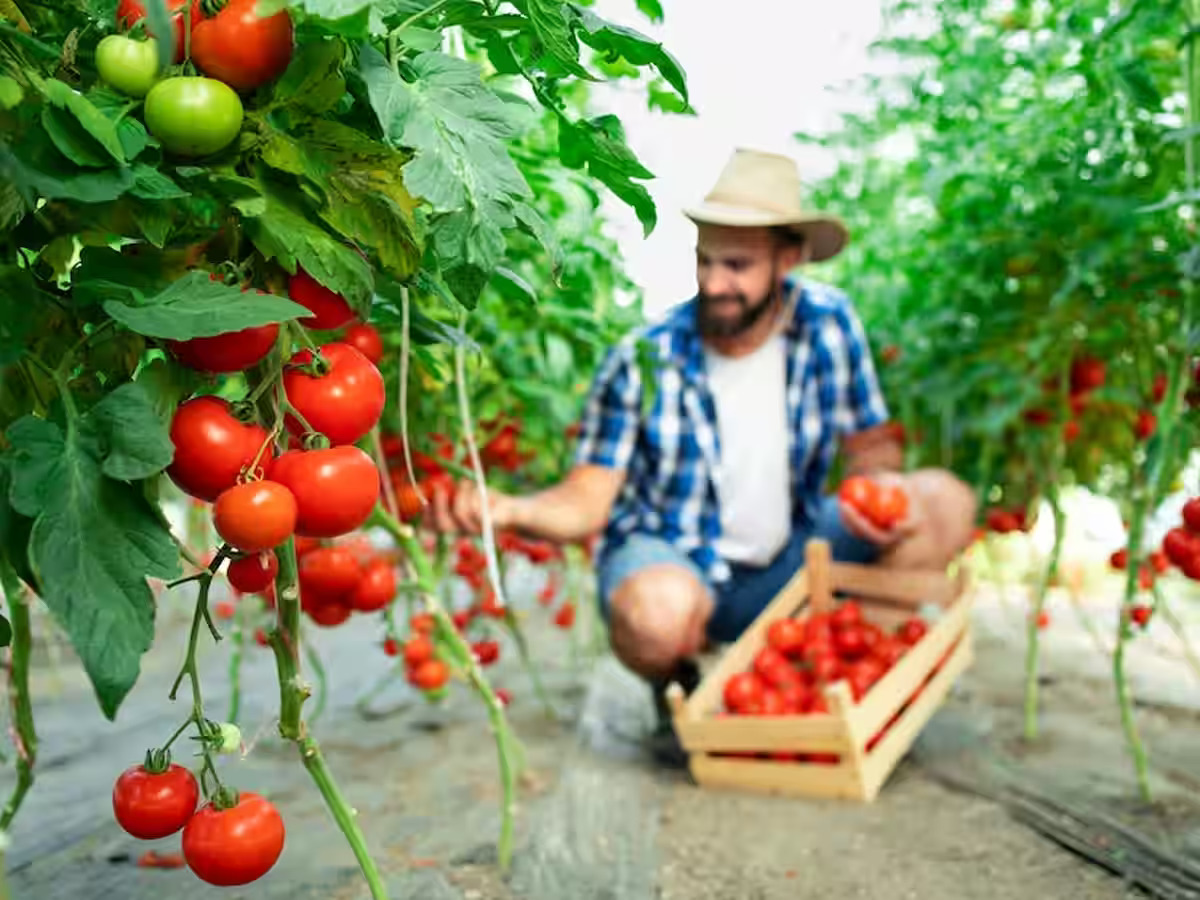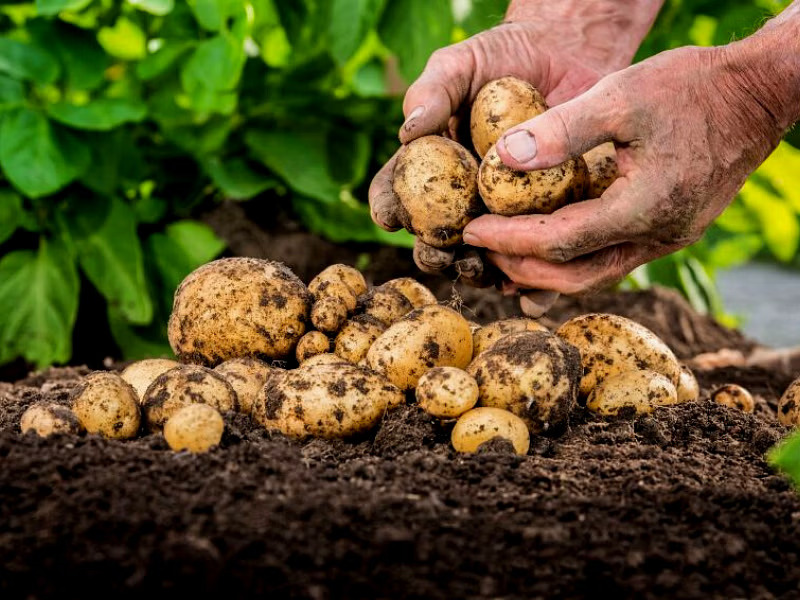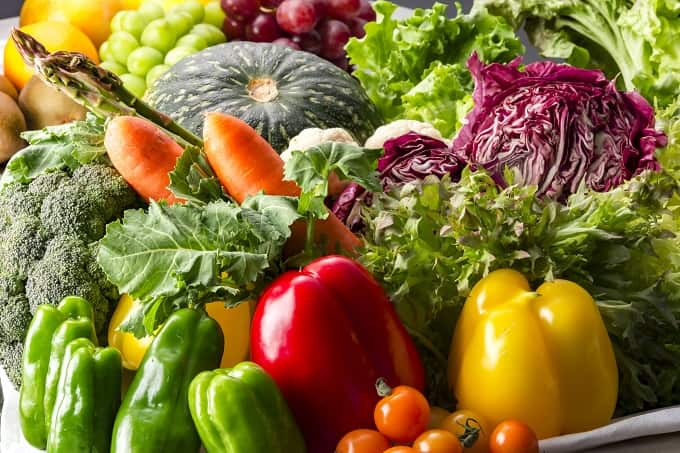CURRENT SCENARIO OF (I) ORGANIC FARMING AND (II) MILLET
ORGANIC FARMING IN INDIA:
Organic farming broadly refers to farming methods free from toxic pesticides, chemicals, and synthetic fertilizers. It stringently follows cultivation methods that keep the soil healthy and avoid adverse impacts on the environment by using organic waste such as crops, animal, and farm wastes including biological materials. According to the Indian Council of Agricultural Research (ICAR), organic agriculture is a unique production management system that promotes and enhances agro-ecosystem health, including biodiversity, biological cycles, and soil biological activity. This is accomplished by using on-farm agronomic, biological, and mechanical methods in exclusion of all synthetic off-farm inputs. The organic farming system lays great emphasis on crop rotation, use of crop residues, animal manure, off-farm organic wastes, mineral grade rock additives, and biological system of nutrient mobilization and plant protection techniques for sustaining the fertility of the land under cultivation.
India holds a unique position among 191 countries practicing organic agriculture. About 2.66 million hectares of farmland were under organic cultivation in 2021. As per the available statistics, India ranked 6th in terms of the World’s Organic Agricultural Land and first in terms of total number of producers as per the latest data (Source: FIBL,2023). But the area under organic agriculture as compared with the total net sown area in the country is very low, suggesting that the country has a long journey ahead.
Organic Agriculture Statistics at a Glance in India (2021-22)
AREA:
– Cultivated area (organic + in conversion) 4726714.74 Ha
– Wild harvest collection area 4393151.17 Ha
Total area (cultivated + wild harvest) 9119865.91 Ha
PRODUCTION:
– Farm production 3410195.02 MT
– Wild harvest production 20540.63 MT
– Total production 3430735.65 MT
TOTAL FARMERS:
– Total farmers 2480859
ORGANIC EXPORTS:
– Total export quantity
460320.40 MT
– Total exports value (INR)
5249.32 Crore
– Total export value (US$)
771.96 million
(Source: APEDA,
https://www.apeda.gov.in/apedawebsite/organic/data.htm
As of 31 st March 2022, the total area under the certification process (registered under National Programme for Organic Production) is 9119865.91 ha (2021-22). This includes 4726714.74 ha cultivable area and another 4393151.17 ha for wild harvest collection. The country produced around 3430735.65 MT (2021-22)of certified organic products which include all varieties of food products namely oil seeds, fiber, sugar cane, cereals &; millets, cotton, pulses, aromatic & medicinal plants, tea, coffee, fruits, vegetables, processed foods, etc. the production is not limited to the edible sector but also produces organic cotton fiber, functional food products, etc.
The total volume of exports during 2021-22 was 460320.40 MT. The organic food export realization was around INR 5249.32 Crore (771.96 million USD). Organic products are exported to the USA, European Union, Canada, Great Britain, Switzerland, Turkey, Australia, Ecuador, the Korean Republic, Vietnam, Japan, etc.Read more
MAJOR CHALLENGES FOR THE ORGANIC FARMING SECTOR:
Since the organized organic food segment is still at a nascent stage in India, many challenges, affecting their livelihood and income are faced by the organic
producers. Some of the major challenges are:
– The transition from conventional to organic farming is accompanied by high input costs and low yield in the initial years. The commercially available bio-manure products may not be completely organic and, therefore, the products sometimes get disqualified at the certification stage.
– High certification costs, lengthy procedures in the certification process and the inadequate supporting infrastructure for it are major problems the farmers have to contend with.
– Though the government is subsidizing farmers in the Participatory Guarantee System (PGS-India), which is a self-certification process, these farmers are not allowed to export their products.
– There are no subsidies from the government on agriculture inputs for organic farming, especially for the bio-fertilizers and bio-pesticides making the cost of cultivation for organic farming quite high.
– Due to the relatively low volume of organic production, the marketing and distribution chain of organic food products is relatively inefficient and very costly.
– Lack of an organic policy for the domestic markets and products, poses a big hurdle for the organic sector. In the absence of regulation on labeling standards for organic production and logo, it is impossible to distinguish an organic product from a conventional product. This leads to fraudulent practices causing financial loss to the genuine players who are not getting their fair dues.Read more
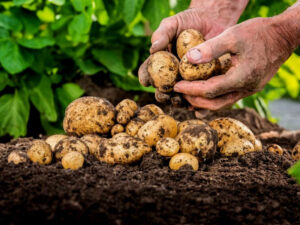
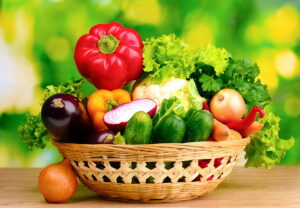
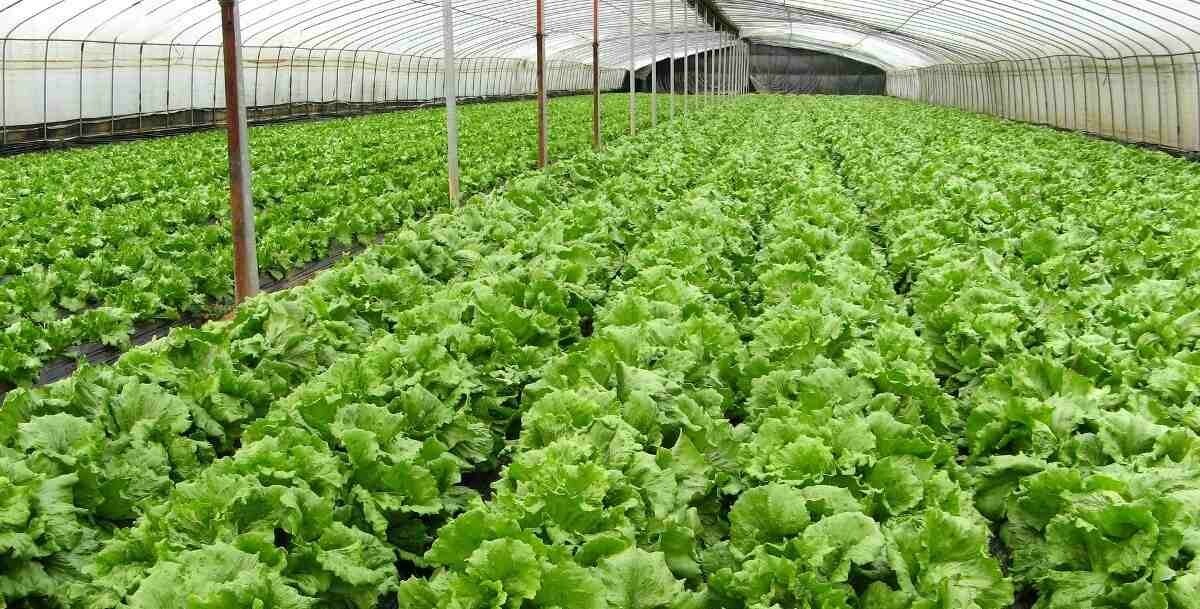
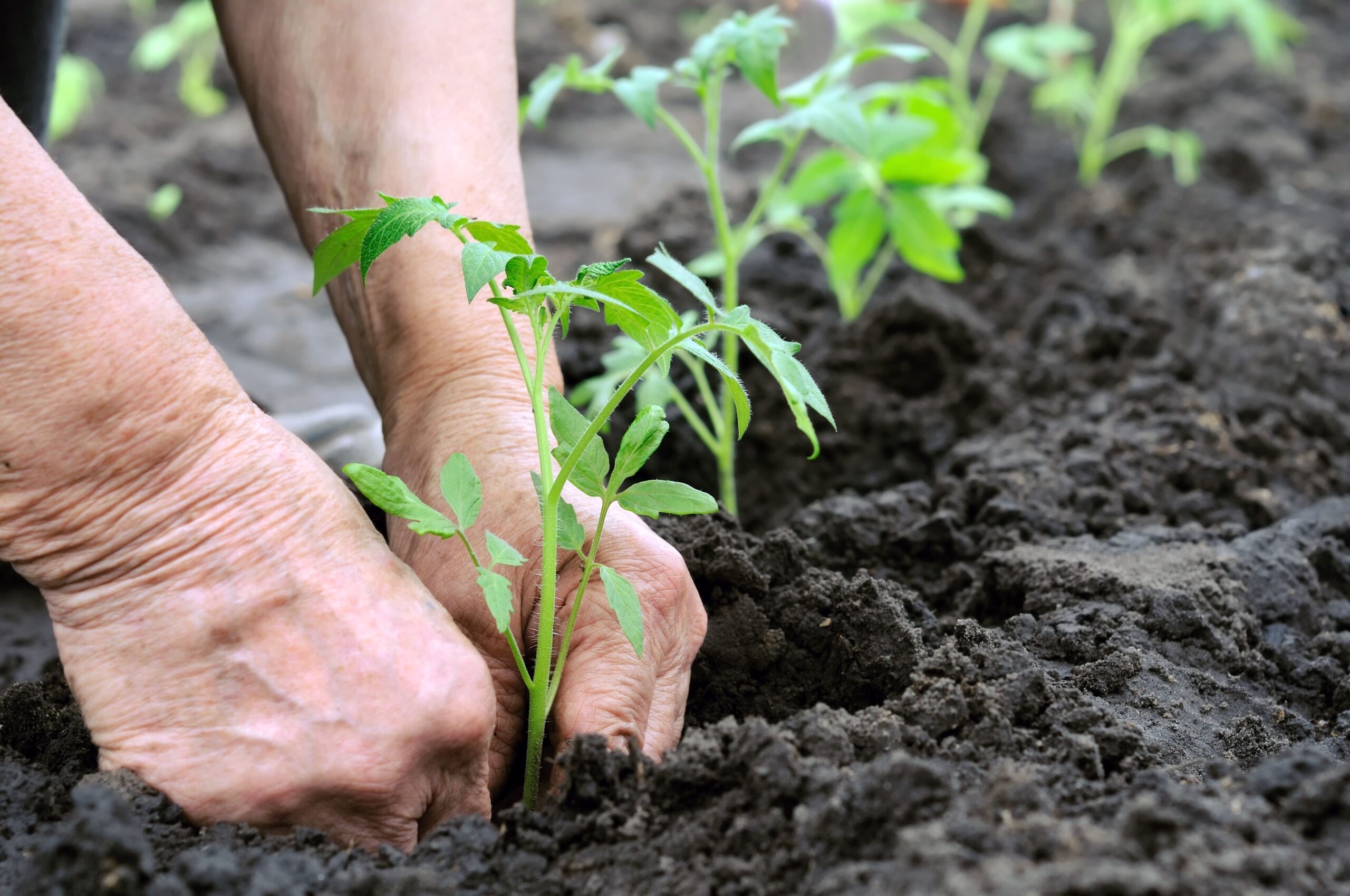
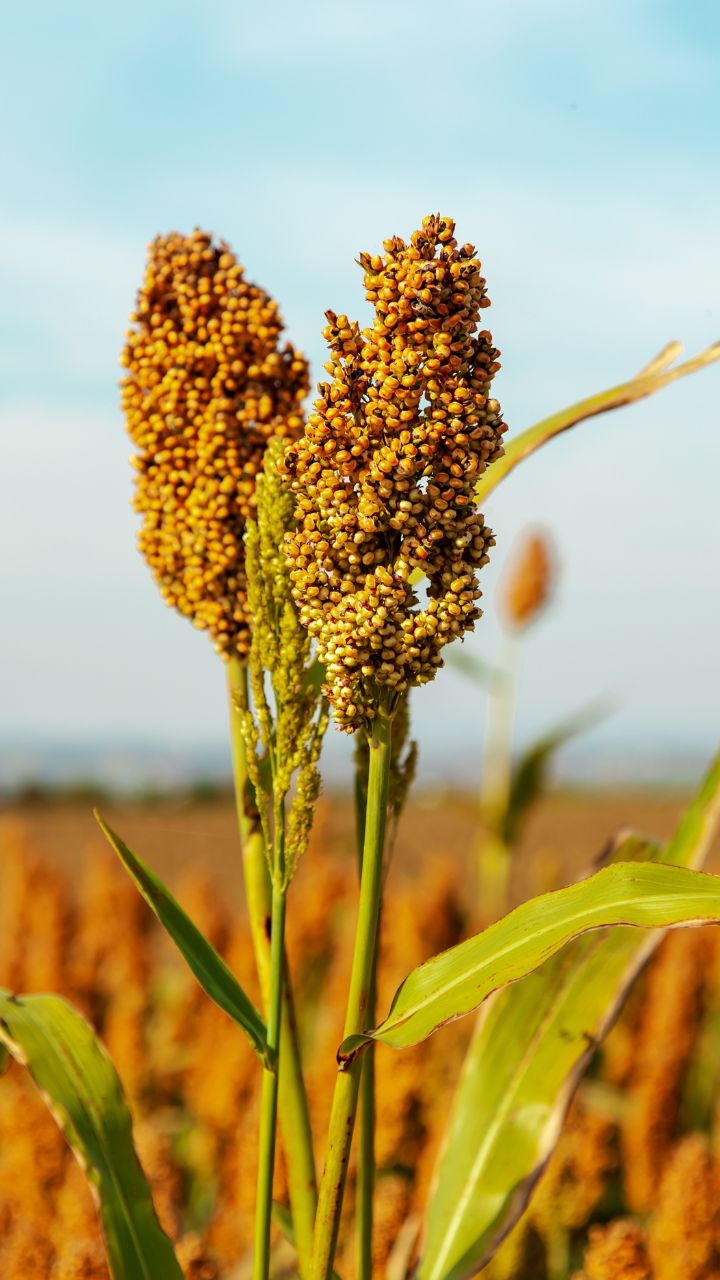
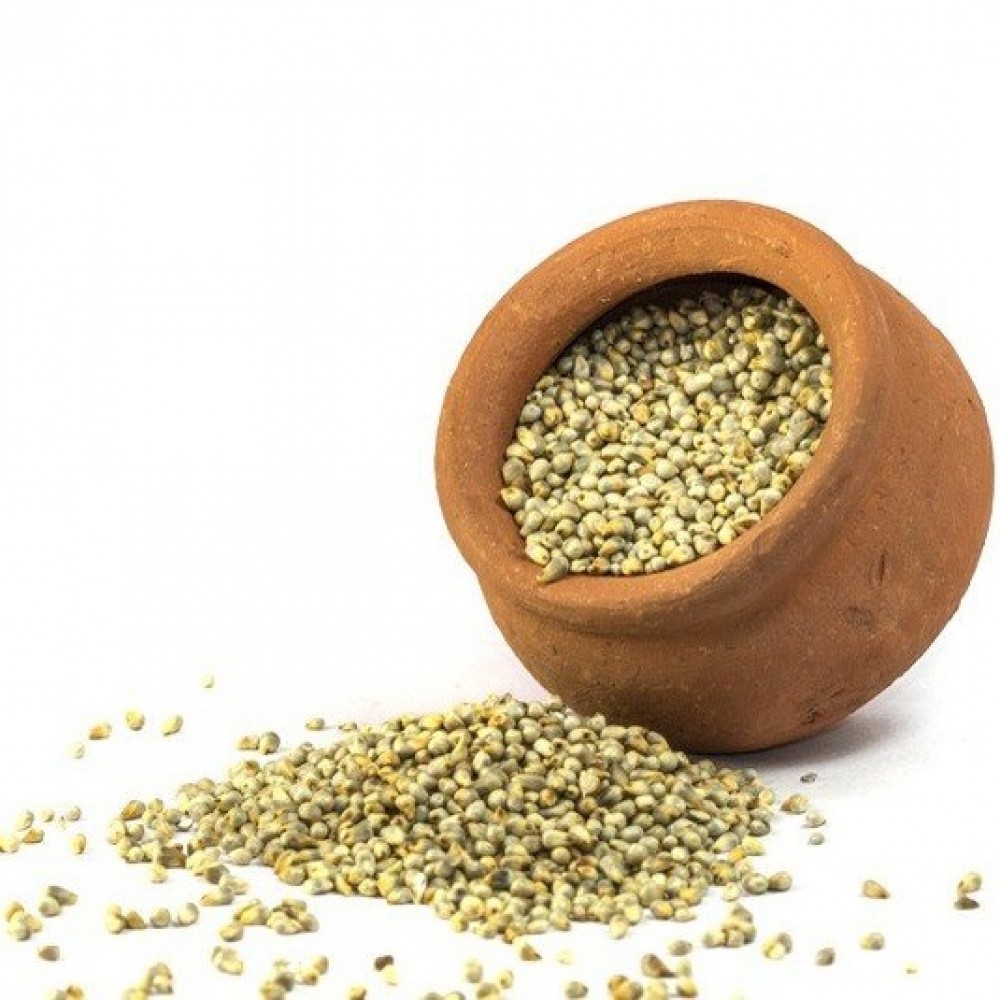
MILLETS IN INDIA:
Millets have high nutritional qualities and produce well under marginal conditions but they are not used to the extent that is possible. By default, millet is organic food. It is a number of small-grained cereals grasses and based on the grain size, millets are classified as major millets and small grain millets. Major millet includes sorghum and pearl millet whereas small grain millet includes finger millet, foxtail millet, kodo millet, proso millet, barnyard millet, and little millet.
Millets are rich in minerals and vitamins compared to rice and wheat; millets have the huge potential to provide security of food, nutrition, fodder, fiber, health, livelihood, and ecology. In view of all these qualities that they so amazingly combine, millets only be called miracle grains/nutria-cereals.
The inclusion of millet crops in a concerted way in cropping systems and also particularly in fragile systems, is a virtuous move towards sustainability. Also, the importance of marketing and value addition improves millet cultivation. The studies have found that the growth rate of millet area and production registered negative growth i.e., area and production declined at the rate of 16.31 percent and 13.58 percent per year (1950-51 to 2018-19). In the same way, productivity declined up to 2005 and after that, it showed positive growth (3.23 percent).
The Economic Survey 2023 highlighted that India produces over 50.9 million tonnes (as per the fourth advance estimate) of millet, which accounts for 80 percent of Asia’s and 20% of global production. On average, India’s average yield of millet is 1239 kg/ha, compared to the global average yield of 1229 kg/ha. In India, millets are primarily a Kharif Crop mostly grown in rain-fed conditions, requiring less water and agricultural inputs than other staple crops.
The government notified millets as nutria-cereals in April 2018. Under the National Food Security Mission (NFSM), millets have been introduced to provide nutritional support. A submission on nutria-cereals has been implemented since 2018-19 in 212 districts of 14 states. India has more than
500 startups working in the millet value chains, while the Indian Institute of Millets Research has incubated 250 startups. ICAR has so far succeeded in
developing many bio-fortified varieties and novel products for the benefit of
farmers and society.
It may be mentioned that Rajasthan stands at the top of the list of the leading millet-producing states in India. The state contributes 27% of India’s total millet production. Maharashtra contributes 15%, Uttar Pradesh 14%, Karnataka 13%, and Madhya Pradesh 8%, of India’s total millet production. Pearl millet (Bajra), Sorghum (Jowar), and Finger millet (Ragi) constitute the largest share of India’s total production of millets.
In 2021, the top exporters of millet were Ukraine ($46.3 m), India ($29.6 m), United States ($26.7M), Russia ($17.8M) and France ($14.1M). Africa is the largest region in terms of global millet production and consumption.Read more
